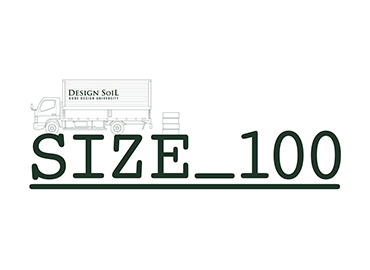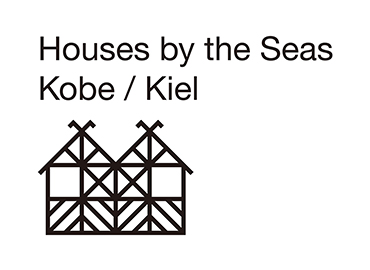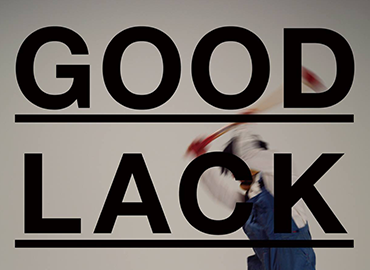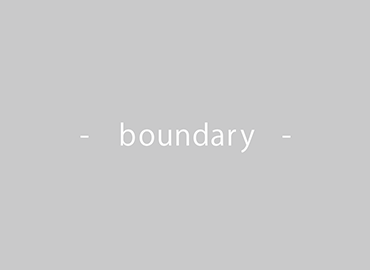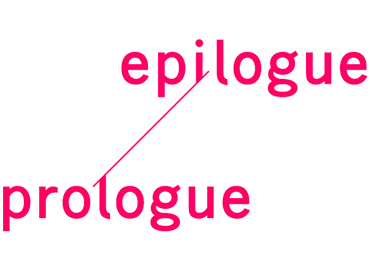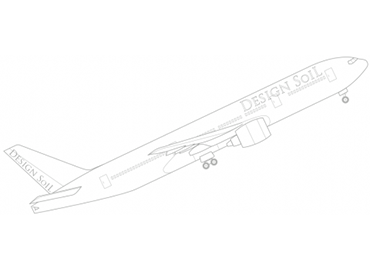Project
SIZE_100
2022
The first project theme of Design Soil since we have begun was to create furniture with the condition that can bring back home like a “Souvenir” in a size of carry-on baggage dimensions of international flights. Since then, many ordinaries in life have changed, and people often shop in homes and take delivery nowadays, we had a rethink about a package size of furniture.
This time, we worked on creating furniture fit into a package with the total dimensions are within 100cm that are smaller sorting than the condition of the “Souvenir” project. In addition, we challenged to create that they can be assembled to a large piece from a compact package, and still fun to assemble.
Moreover, not only the costs of storage and shipping are less by the compact packages, but also they can be taken home from stores right away. The collection, “size 100” aims to let furniture to become more familiar with, and people can feel attached to them.
Houses by the Seas
2021
“Houses by the Seas” is a collaboration project between Design Soil from Kobe Design University and Muthesius Kunsthochschule Kiel in Germany.
Under the theme of “seaside life”, we challenged to convert culturally unique matters into new furnitures and interior elements while observing differences and specialities of life that are occurred with geographical similarities and cultural differences in the both port and major shipbuilding cities.
Fantasia
2018
Bruno Munari's Fantasia, published in 1977, has been an indispensable volume for most anyone who studies art and design.
Through this book, the distinguished master of design Munari affectionately and accessibly imparts the importance of thoroughly observing your environment and possessing a perspective for making the world a more interesting place.
In 2018 the theme for DESIGN SOIL is "Fantasia".
With the upcoming 20th anniversary of Mr. Munari's passing, we pay our respects to this grand master, and introduce works generated from the observations of daily life - in conjunction with chapters from Fantasia.
GOOD LACK
2017
For most objects in our daily lives, "lack" and "loss" are not particularly welcome.
However, just as one can find a new use for a broken rod, we are sometimes able to find new value from loss.
Maybe it's the forming of a hole or the base of something becoming disconnected?this world is full of opportunities that we only notice once something is lost.
The collection "GOOD LACK" searches for new uses for items with missing parts and seeks to present new possibilities for a variety of furniture.
Through a change in perspective, we hope to bring happiness to your daily lives.
Good lack!
GEOGRAPHY
2016
Just like natural terrain is, furniture brings ups and downs in space and guides our regular behavior and daily scenery as geographical features of living.
If there is a new terrain in living, it will be a new possibility for ways of editing space.
In the collection “Geography,” we propose the works which provide new geographical characteristics into space, understanding the relationship between furniture and surrounding with look of like a geographer who has an eye to both nature and living in each place.
BOUNDARY
2015
We live in a world of countless tangled things, many of them share a line or surface with each other while there are boundaries separating them and giving them their distinctive shapes.
By creating these boundaries between things is how we try to acquire knowledge about the world. Thus, whether they are real or virtual lines made by our imagination, It is somehow these boundaries that are constructing the outlines of the world we know.
But what are these boundaries? What is happening there and what can be created there? The boundary lines have width and if looked at closely, these boundary surfaces have thickness and inside these spaces between different objects, something must be happening.
We try to look inside these boundaries and create furniture and interior elements inspired by what is happening there.
Taxonomy of “Free”
2014
We seem to enjoy being free, yet live with many limits in reality.
But Life would be richer if we could remove those limits, would it not?
Yet, being free is something that can only be appreciated in contrast with being limited.
As giving even a little freedom to whom he was always living in limitations, will make him feel happy.
This time, we thought about being “Free”. We chose objects, actions, and feelings which could symbolize it, set keywords, and created our products based on those ideas and keywords. The collection “Taxonomy of Free“ is born from what each of us has captured wandering around the theme “Free”.
Lagrangian Point
2013
In 1772, in the “Essay on the Three-Body Problem,” Joseph Louis Lagrange indicated the Lagrangian Point, a point exists in the space between the revolving two bodies that gravity and centrifugal force are balanced. A material put on this point keeps balancing and revolving without changing a relative position.
A calm stability is found in throughout the various forces crossing.
Yet, not only in the astronomic subjects, it is able to be found in places where close to us.
The collection of, “Lagrangian Point” is the works produced by finding the equilibrium hidden behind the apparently unstable forces and structures.
epilogue - prologue
2012
May the end of the story lead the beginning of the following story.
The “epilogue - prologue” is a collection that is produced by considering the ending of products.
To give another purpose to things usually thrown away, to adjust forms and functions along with growth and difference, or to store memories of everyday life. Such ideas add a new page to the relationship between people and products.
Because numerous things are disposed commonly today, we need to recognize the value of this new relationship. If the relationship between people and products lasts longer, and can maintain functions with memories, a prologue to new story will begin. The “epilogue - prologue” is the collection of furniture and home accessories that walk along together for a long period of time.
SOUVENIR
2011
Reduction of a distribution cost is one of the most important matters to be considered in furniture industry today. As well as trying to reduce package size, it has become a usual practice that furniture pieces are delivered and assembled at home.
The possibilities of ‘being compact’
What do you do if you come across a great piece of furniture while traveling?
What do you do if the piece of furniture can be brought home on an airplane?
In this design project, we have attempted to design furniture which could be dismantled and stored in a package within the hand-luggage size limit allowed by major airlines.
The ways in which each of them is assembled and story behind its design themselves are also intended to be enjoyed with feelings of surprise and pleasure.
Our collection is produced just because there are such size restrictions.
